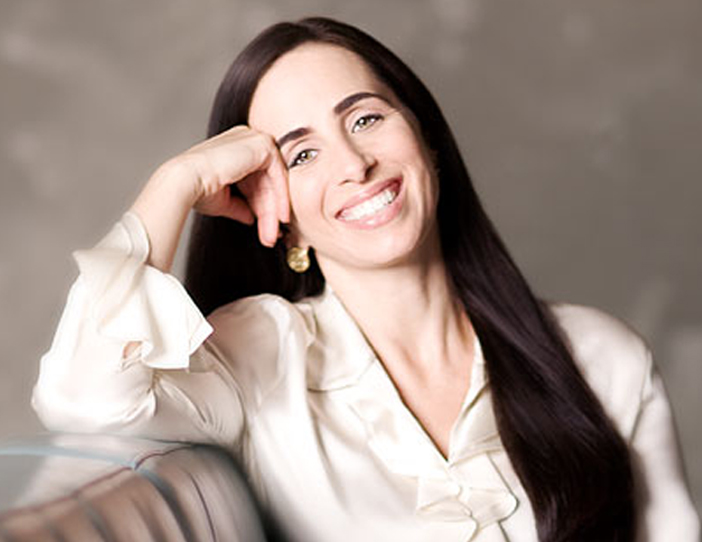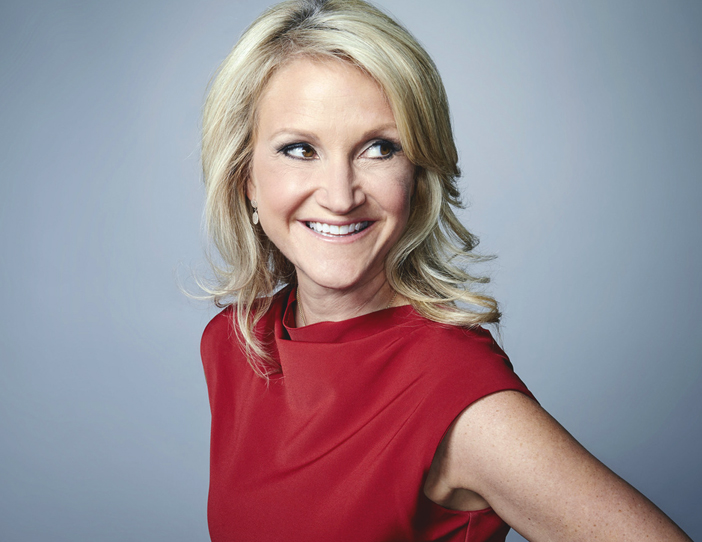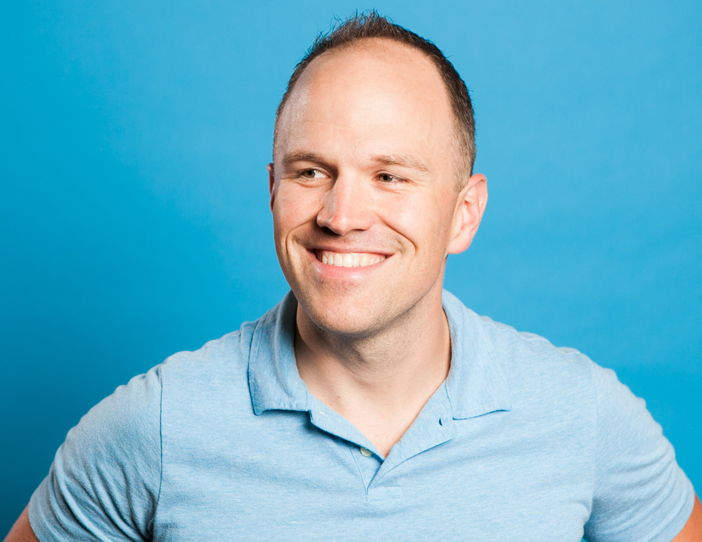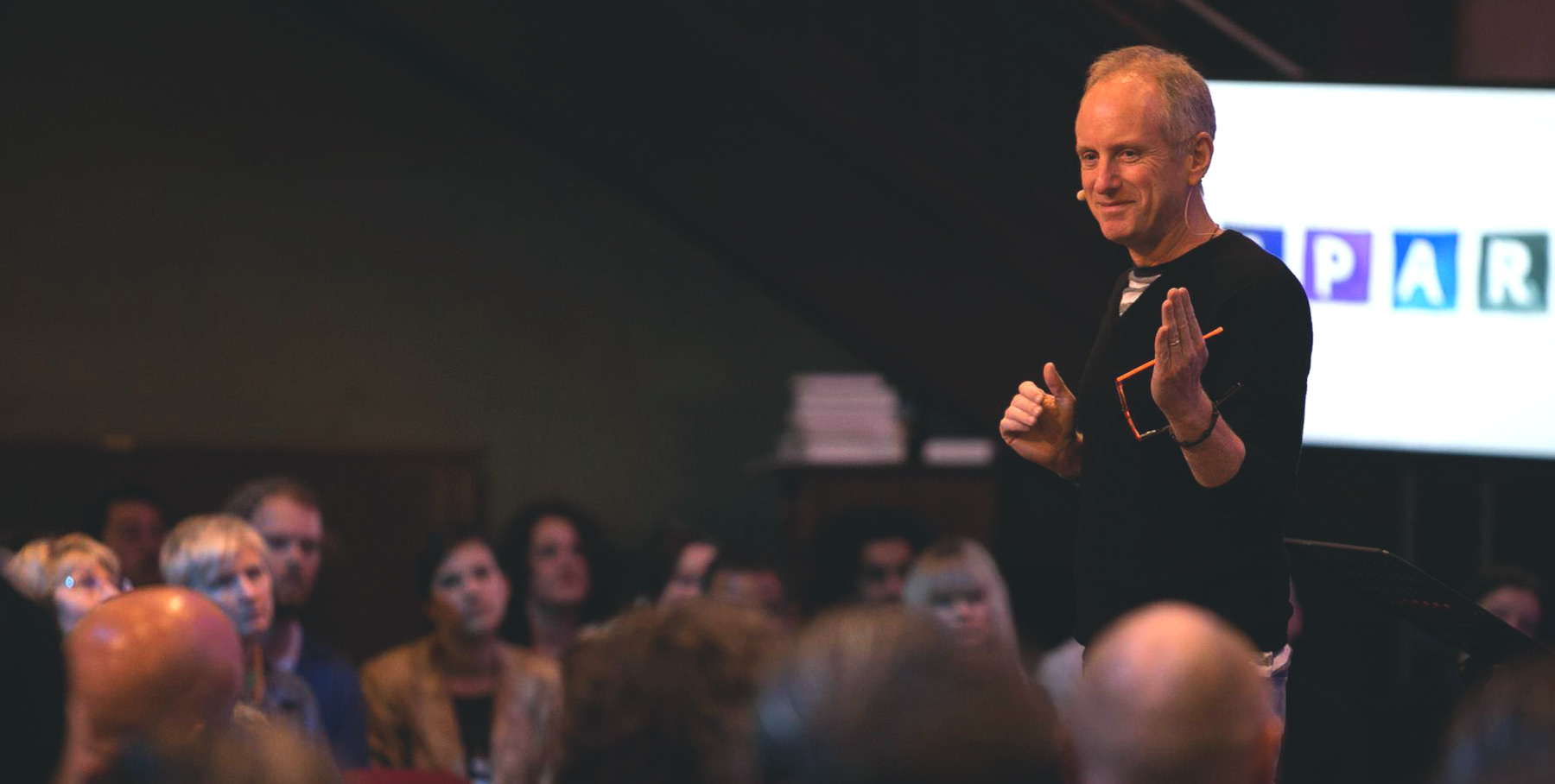
Episode Description
At the heart of it, business is about relationships.
The people we hire and work with aren’t cogs in a wheel. They’re not power screwdrivers we can use like tools. They’re human beings, with dreams, insecurities, passions, and scars.
The better we understand this as leaders, the more we’ll impact the lives of our employees and grow our businesses.
So how can we understand and build better relationships with the people around us?
A power tool for understanding those around you
By far, the best tool I’ve ever found for understanding yourself and those around you is the Enneagram.
People hear that name and assume that perhaps goat sacrifice and dark hooded clothing are involved, but that couldn’t be farther from the truth.
The Enneagram is simply an ancient personality framework. There are nine core types, and we tend to gravitate toward one of them in our youth as a way of coping with the world.
I have studied the Enneagram for over a decade, and it’s such a helpful tool for making every part of your life healthier, including your business. I wanted to explore it more in depth with a bonafide expert, so I invited Ian Cron to join us on the Building a StoryBrand podcast.
In this episode, we unpack each of nine types of the Enneagram, and then we discuss how understanding the Enneagram can help you become a stronger, more empathetic leader.
What’s Your Type?
Each personality test out there — DISC, Myers-Briggs, etc. — is useful for helping us understand ourselves. But the Enneagram goes deeper. “It doesn’t just describe traits,” Ian says. “It also identifies the underlying motivations that drive the way that people think, feel, and behave.”
And it’s those underlying motivations that make it such a powerful tool for business. We’ll get to that in a minute.
But first, we’re going to walk through each of the nine types. If you don’t know your type, you’ll probably recognize yourself in two or three of these. If you’re not sure about your type, says Ian, “think back to when you were 20, when you had no self-awareness and you were really florid in your personality. In your automatic self. That’s how we’ll know for sure what your number is.”
Type One – The Perfectionist
Also called The Reformer, Ones are out to make the world the best it can be. They’re often people who put a high value on justice and idealism. Ralph Nader is a great example of a One.
As Ian says, these are the folks who want to be perfect. “They need to perfect the environment usually, and they want to perfect other people which isn’t always appreciated.”
Type Two – The Helper
When I think of a Two, I think of a nurse. These are the people who will just stop by your desk and ask, “Is there anything I can help you with?” Ian told me that “they want to feel appreciated but they really want to come in and create an environment where it’s nurturing and people feel cared for.”
As a result, Twos can often feel under appreciated. They’re attuned to the needs of others and feel hurt when that appreciation isn’t reciprocated.
Type Three – The Performer
Threes want to avoid looking like a loser. Image is everything. Ian describes them as people who “want to work and succeed, accomplish tasks, productivity, efficiencies. They want to avoid failure at all costs.”
This is a pretty common type for entrepreneurs and achievers, and they’re often very successful in their roles because the alternative is unthinkable. They’ll prioritize success at work over a lot of other things, including their health and families.
Type Four – The Romantic
Fours are the feelers. “They want to express their deepest emotions and feelings,” Ian says. “In terms of the work world, they really want to bring a unique and special contribution to the company or the people that they’re working with.” Their work is personal and unique — often with an artistic bent — and they want their contributions to be recognized as such.
Type Five – The Investigator
Fives are your researchers, the people who will surround themselves with information, regardless of its relevance or importance. As Ian explains, “Fives have a need to understand and perceive. These are people who want objective information, and they want to aggregate as much of that information as they can get their hands on.”
They’re also the most emotionally detached of the nine types, and they can easily get lost in their own data jungles.
Type Six – The Loyalist
Sixes are worried about problems. They’re worst-case scenario thinkers. As Ian puts it, they “want to know what’s happening. They suspect that everybody has a hidden agenda, and they want to know what it is.”
My wife Betsy is a Six, and this probably explains why it took her so long to agree to go out with me.
In the office, it’s great to have a Six in the room who can throw a flag when your schemes get unrealistic. Their ability to anticipate problems can help you avoid them. Their need for security also makes them incredibly loyal and committed to your team, once you’ve earned their trust.
Type Seven – The Enthusiast
Sevens are the life of the Enneagram party. They are out to find, in Ian’s words, “the most exciting, positive, stimulating experiences that life can give them.”
And I didn’t know this about Sevens, but Ian told me they are also adventurous thinkers who can see overlapping patterns and tap into new hybrid ideas.
They are what Ian calls “rocket boosters” who are an amazing asset at the beginning of a venture because they are relentlessly optimistic about the future. As a result, their attention spans tend to be short. So they will do a top-notch job getting something off the ground. But don’t ask them to manage it. Instead, redirect their energy to something new.
Type Eight – The Challenger
When Eights walk into a room, you know it. These are the people who are “gigantic presences,” in Ian’s words. “They are dominating, domineering, overly blunt. They want and need to be in control of the environment.”
Does a certain elected public official come to mind?
Eights test you to see where the power is. Understanding the Eights on your team is critical. In Ian’s words, “they need to know that you’re in charge, that you have the moxie to lead them, that you will make decisions and stick to them and not equivocate.”
They’re also unafraid to tell the truth and shoot straight with you, which is a wonderful asset to any business. Ian points out that Martin Luther King, Jr. and Mother Theresa were both Eights, saying that “power in the hands of love can change the world.”
Type Nine – The Peacemaker
We can’t forget the Nines, although the Nines often forget themselves. As Ian says, “they have a real need to avoid conflict, but they bring so much harmony and goodness to the world. They have a capacity more than any other number on the Enneagram to see the world through everybody else’s eyes.”
This makes them world-class negotiators. In fact, Ian points out that Bill Clinton was a Nine. It enabled him to get elected President. During one of the town hall forums, George H. W. Bush was asked about the national debt. He answered with a linear, frustrated answer. Clinton interrupted him and said, “Can I just synthesize this? Ma’am, do you know anybody who’s lost their job? How did that make you feel when they lost it? How did that make them feel? Well, that’s really what we’re talking about.” He was basically saying I feel your pain, and that empathy is at the heart of how Nines operate.
The danger is that they can also “self-forget.” I asked Ian to unpack that, and he said: “They will merge with larger personalities in the interest of not asserting their own preferences and opinions and desires, for fear that it might cause conflict and a rupture in relationship.”
How Using the Enneagram Can Make You a Better Leader
When I first read Ian’s book, I got excited thinking about all the ways the wisdom of the Enneagram applies to us as business leaders. Here are the four big points we talk through in the podcast.
Good leaders are self-aware.
Ian mentioned a fascinating study conducted by Cornell. They looked at 72 CEOs of successful companies that were doing $50 million and up in annual revenue. They discovered one key predictor to their success, and it’s surprising.
That characteristic is self-awareness, which Ian defines as “the capacity to monitor and self-regulate your internal world.”
To use his hilarious analogy, most of us live like we’re trapped in a British phone booth with a hornet. We’re in a panic, just swatting like crazy and reacting in the moment to whatever comes at us.
When you understand your type — your liabilities, your tendencies, your strengths — it allows you to stop being reactive and instead evaluate your own choices objectively. That’s self-awareness.
As leaders, it’s up to us to be the example of it. As Ian put it, “You’ve got to be the first one to step into the pool of self-awareness, own what’s best about you, and then model it for others and invite them to join you on that journey.”
Good leaders understand each type.
The more you understand the variety of personalities within your workplace, the more you can position those people to grow your business and to grow as individuals.
Because you understand: Oh, Jim is a Nine. That’s why he always defers to my plans. I need to dig deeper to see what he thinks and assure him he’s safe to express his own opinion.
In another scenario, you might always rely on Kelly, your Two, who is always there to go the extra mile with projects. But understanding her type helps you realize you need to appreciate and acknowledge her help and not take it for granted.
Good leaders use the types strategically for checks and balances.
Here at StoryBrand, we’ve got a Nine on staff. I know one of our people is an Eight or at least has an Eight wing. Betsy is a Six. I’m a Four with a Three Wing. I’ve got a Two with a One Wing. And I’m telling you, it’s a symphony.
We all need each other’s strengths. For example, let’s say you’re re-launching your website. When you’re brainstorming, you need the Seven to get everybody fired up and the Four to chime in with a unique, breakthrough idea. When you plan it out, you need the Five there researching the snot out of everything and the Six to pinpoint the potential issues. When you execute it, you need the One making sure everything is pixel perfect and the Three finding the most efficient way of getting it done.
Ian says, “This diversity creates an ecosystem or the natural climate in which you have good checks and balances where people’s excesses are being reined in by someone else.”
Good leaders motivate their team toward health.
The beautiful thing about the Enneagram is there’s unhealthy and there’s healthy. For example, when Ones are healthy, they look like the positive side of Seven. They’re zealous people, and you get to see the fun side of that zeal. When they’re under stress, they look like the unhealthy side of Fours, the artist, meaning they can be moody, unpredictable, and irrational.
When you know this, you can spot when your employees are thriving and when they’re under stress.
The more healthy each member of your staff is, the more you’re going to enjoy going to work in the morning, the more they’re going to enjoy going to work in the morning, the more productive you’re going to be, and the better you’re going to do in business.
—
If you lead a small company or a small team, build a retreat around the Enneagram. Have each team member read Ian’s book and try to identify their type. It starts a wonderful conversation where everybody begins to talk about how they’re wired, what they’re afraid of, and what drives them. That kind of understanding forges a bond that will in turn boost your productivity and morale.
What is your Enneagram type? How does it help you in your business? What are your liabilities? Tell me all about it in the comments.
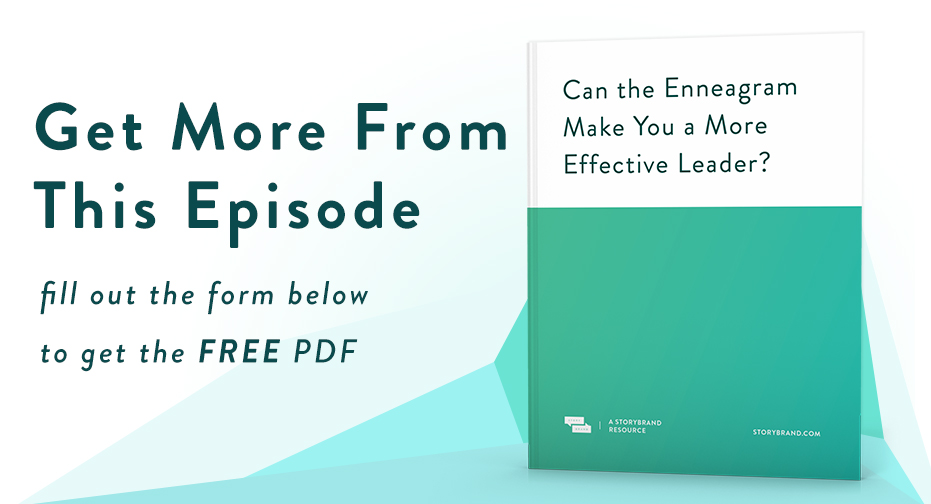
Answer a few short questions on our downloadable worksheet and apply this episode to your life and your business. You’ll remember more of what you learned and have clarity for how to put it to use right away.
Executive producer: Tim Schurrer
Additional production and editing: Chad Snavely


